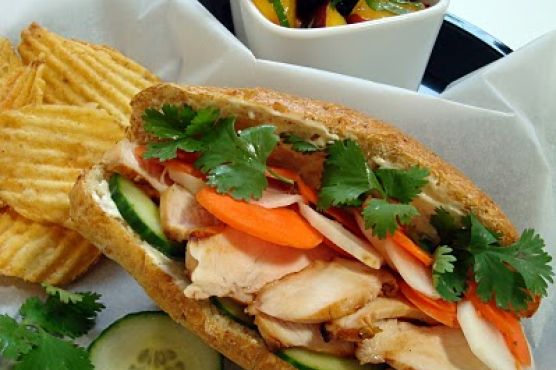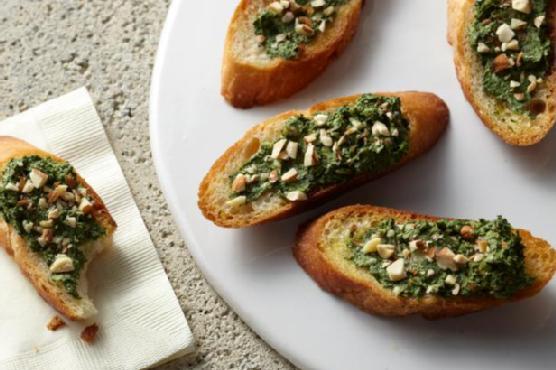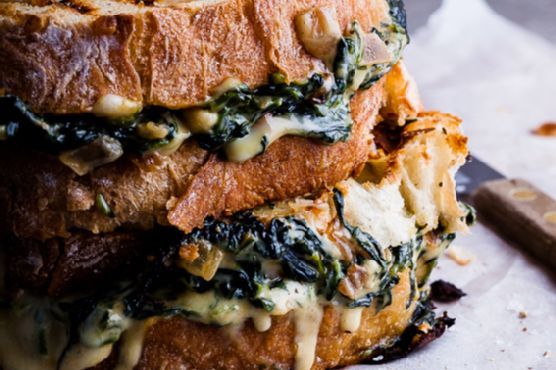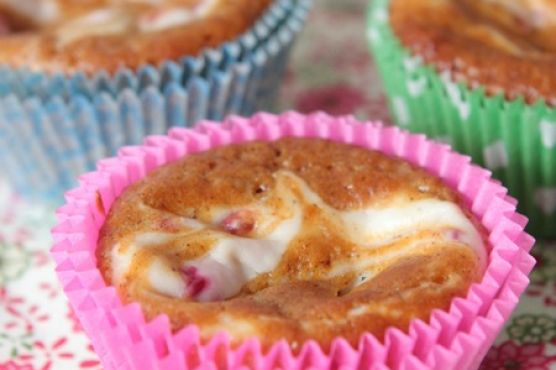Lemon Ginger Bars
You can never have too many hor d'oeuvre recipes, so give Lemon Ginger Bars a try. Watching your figure? This lacto ovo vegetarian recipe has 196 calories, 2g of protein, and 8g of fat per serving. This recipe serves 24. For 32 cents per serving, this recipe covers 3% of your daily requirements of vitamins and minerals. From preparation to the plate, this recipe takes about 20 minutes. 24 people were impressed by this recipe. Head to the store and pick up baking powder, ground ginger, unsalted butter, and a few other things to make it today. It is brought to you by Serious Eats. Overall, this recipe earns a rather bad spoonacular score of 11%. Try Ginger Lemon Cheesecake Bars, Lemon-Ginger Cheesecake Bars, and Ginger-Lemon Bars with Almond Streusel for similar recipes.
Servings: 24
Ingredients:
2 teaspoons baking powder
2 cups (8 ounces) confectioners' sugar, sifted after measuring
1/4 cup finely chopped crystallized ginger
1 large egg
2 1/2 cups (10.5 ounces) all-purpose flour (spoon flour into dry-measure cup and level off)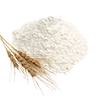
Ginger Bars
2 tablespoons ground ginger
2 tablespoons honey
Lemon Glaze
3 tablespoons lemon juice, strained before measuring
2 teaspoons finely grated lemon zest
3/4 cup (6 ounces) sugar
8 ounces (2 sticks) unsalted butter
Equipment:
oven
bowl
spatula
frying pan
cutting board
oven mitt
offset spatula
wax paper
Cooking instruction summary:
Procedures 1 Set a rack in the middle level of the oven and preheat to 375 degrees. 2 Mix the flour, sugar, ground ginger, and baking powder in a medium bowl. 3 Melt the butter over medium heat and immediately add to the dry ingredients; use a large rubber spatula to stir to a smooth, shiny dough. Add the egg, crystallized ginger, honey and lemon zest and beat vigorously to make a smooth dough. 4 Scrape the dough into the prepared pan and use the palm of your hand to evenly press it over the bottom of the pan. 5 Bake the bars until well risen, firm, and lightly golden, about 20 to 25 minutes. 6 While the bars are baking, use a small rubber spatula to beat the confectioners’ sugar and lemon juice together. Add water, 1/2 teaspoon at a time, if it’s too thick to spread. 7 As soon as the bars are baked, place a cutting board on the pan and use oven mitts to invert the hot bars to the board. Remove the pan and paper and immediately pour the lemon glaze on the bars; use a small metal offset spatula to spread it evenly. It will set as the bars cool. 8 Use a ruler to mark, then cut 2-inch squares. 9 Serving: Arrange the bars on a platter—the icing is dry so they can be stacked. Storage: Keep the bars in a tin or plastic container with a tight-fitting cover between sheets of wax paper.
Step by step:
1. Set a rack in the middle level of the oven and preheat to 375 degrees.
2. Mix the flour, sugar, ground ginger, and baking powder in a medium bowl.
3. Melt the butter over medium heat and immediately add to the dry ingredients; use a large rubber spatula to stir to a smooth, shiny dough.
4. Add the egg, crystallized ginger, honey and lemon zest and beat vigorously to make a smooth dough.
5. Scrape the dough into the prepared pan and use the palm of your hand to evenly press it over the bottom of the pan.
6. Bake the bars until well risen, firm, and lightly golden, about 20 to 25 minutes.
7. While the bars are baking, use a small rubber spatula to beat the confectioners’ sugar and lemon juice together.
8. Add water, 1/2 teaspoon at a time, if it’s too thick to spread.
9. As soon as the bars are baked, place a cutting board on the pan and use oven mitts to invert the hot bars to the board.
10. Remove the pan and paper and immediately pour the lemon glaze on the bars; use a small metal offset spatula to spread it evenly. It will set as the bars cool.
11. Use a ruler to mark, then cut 2-inch squares.
12. Serving: Arrange the bars on a platter—the icing is dry so they can be stacked. Storage: Keep the bars in a tin or plastic container with a tight-fitting cover between sheets of wax paper.
Nutrition Information:
covered percent of daily need





